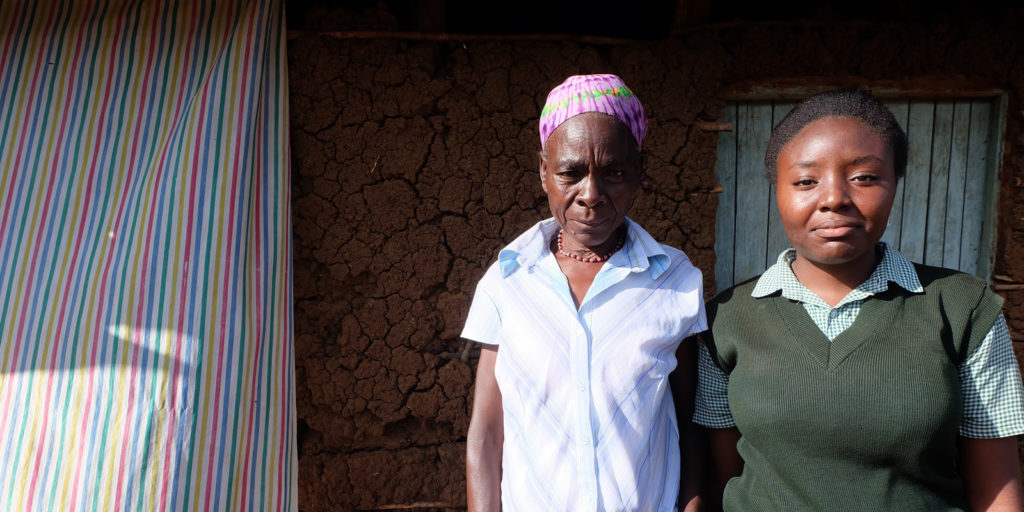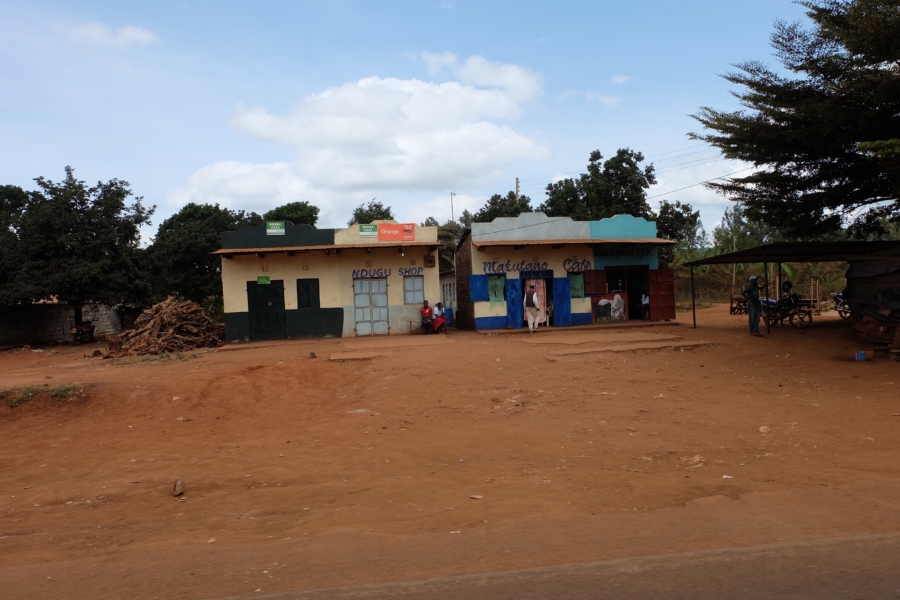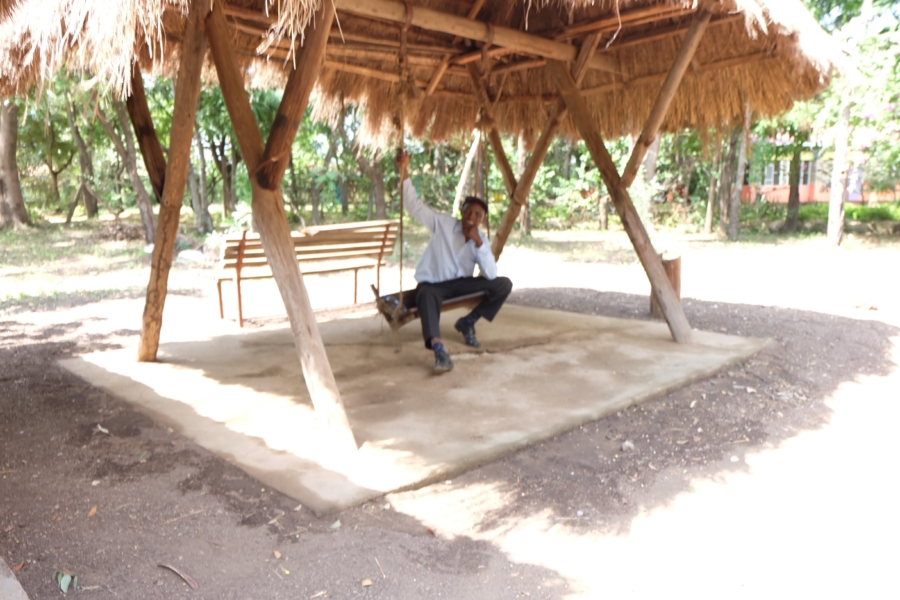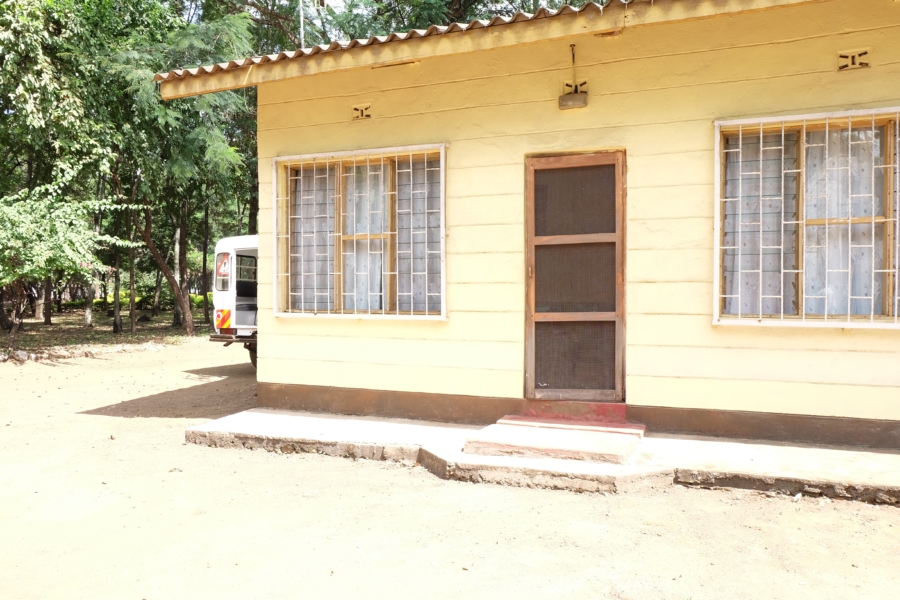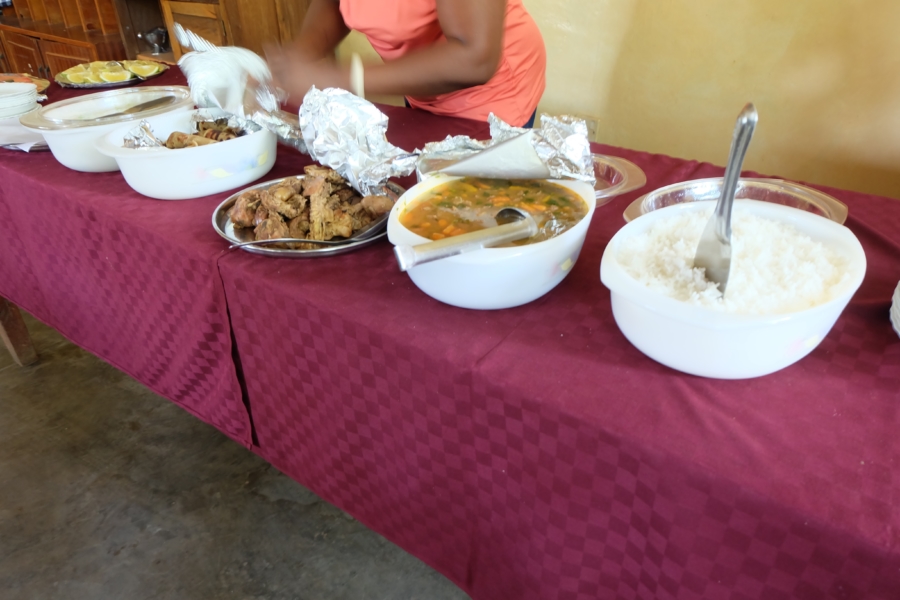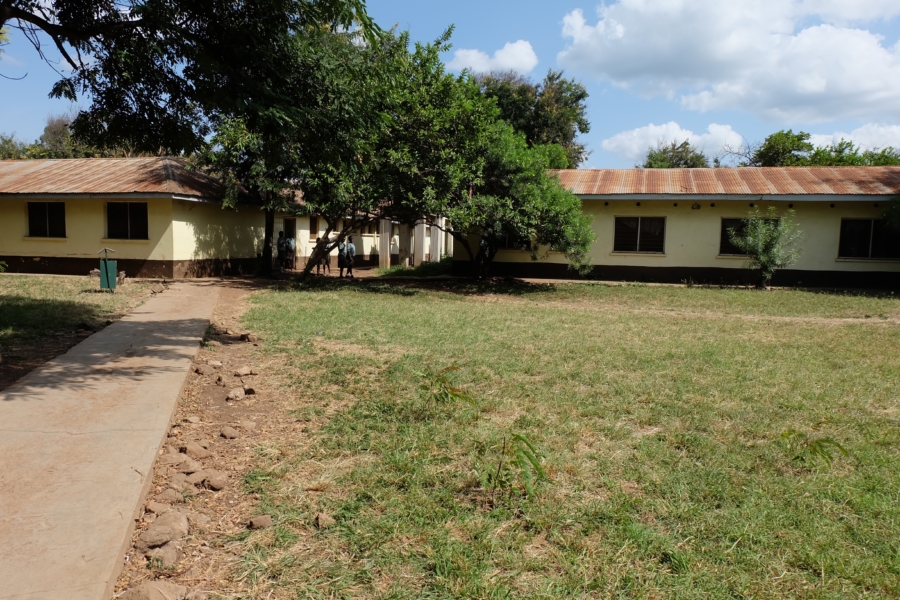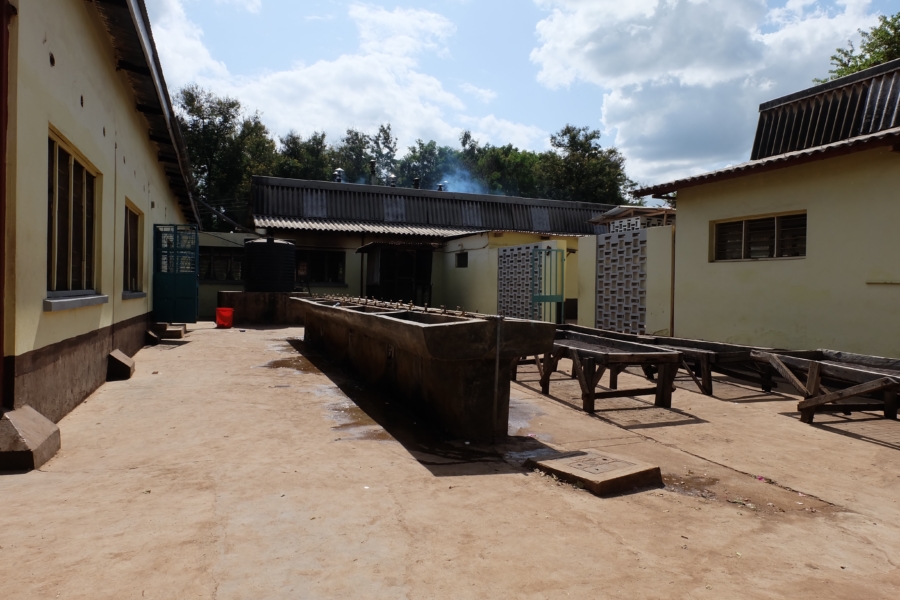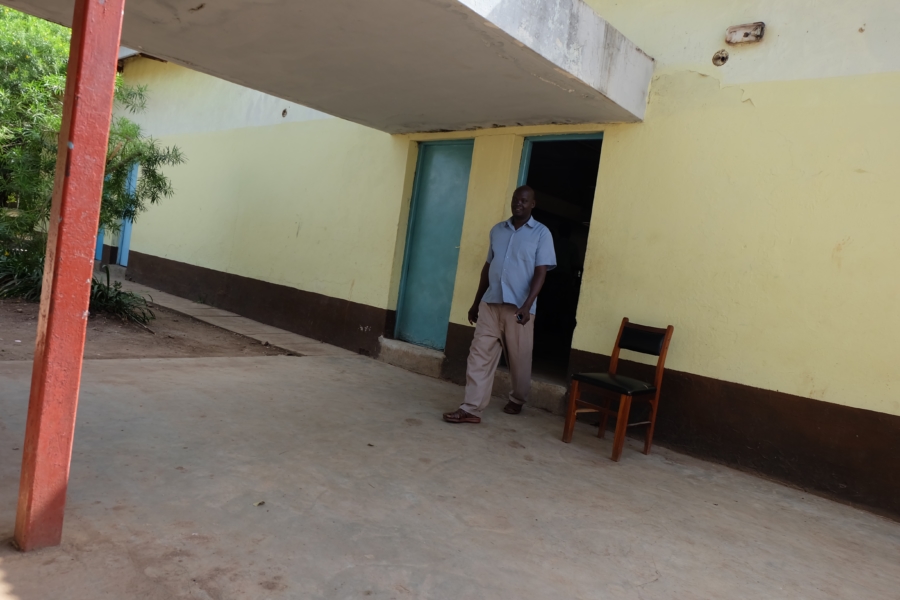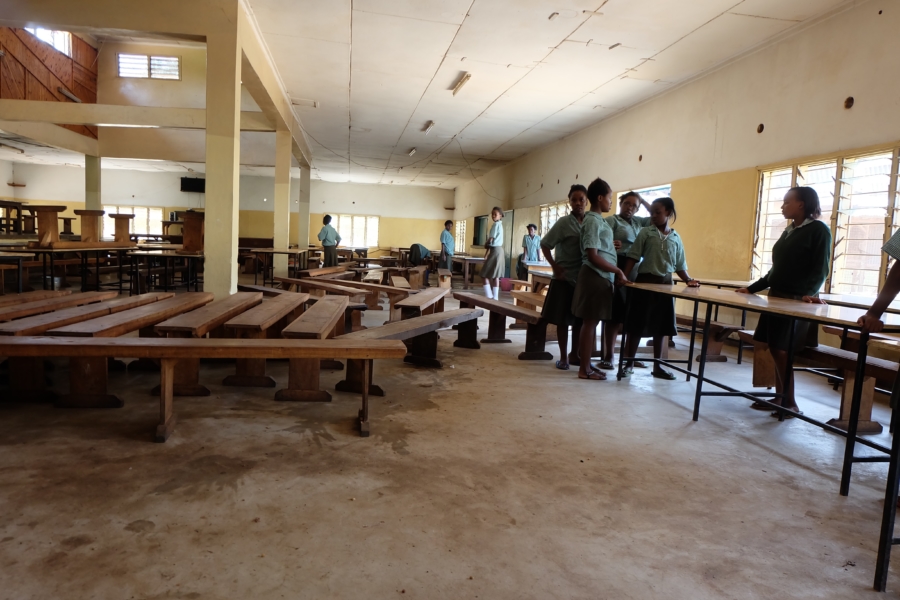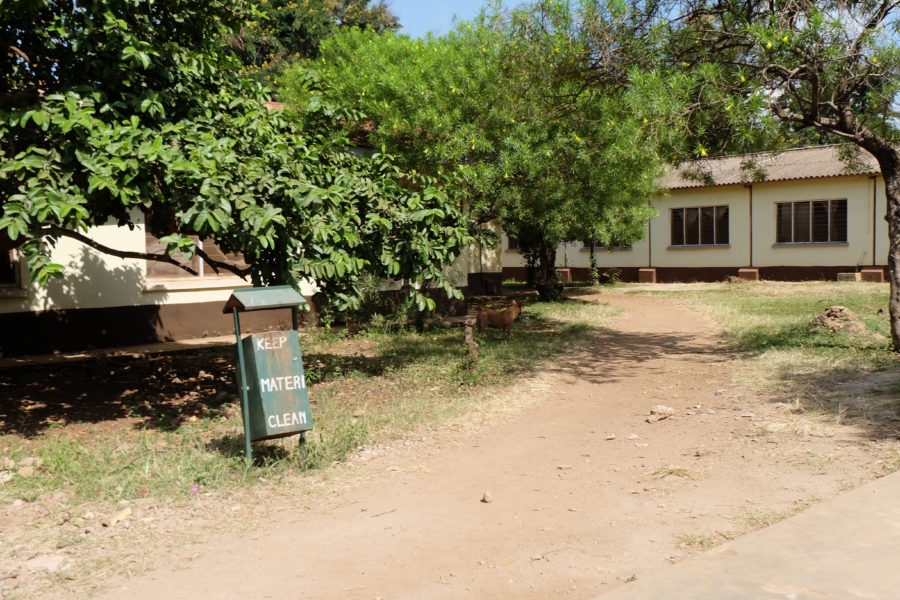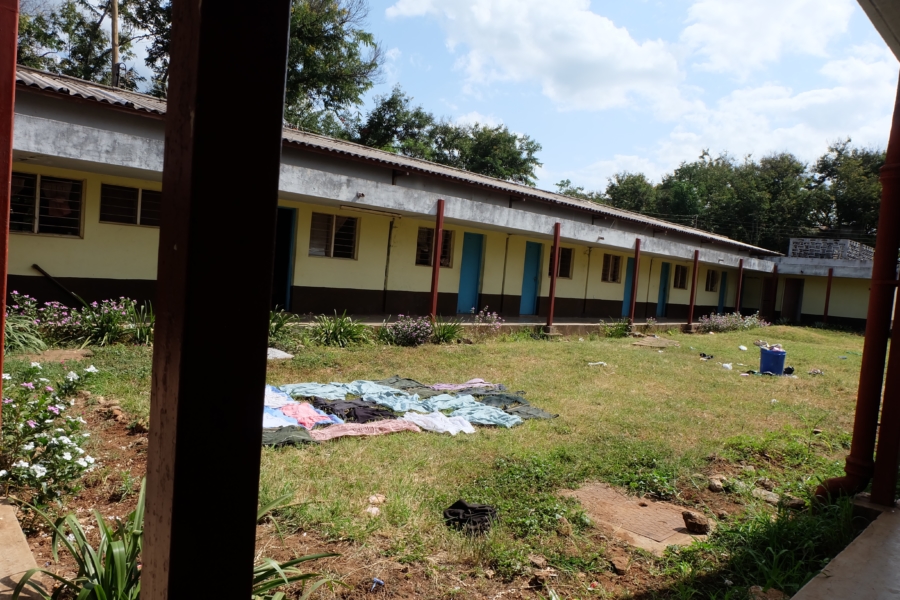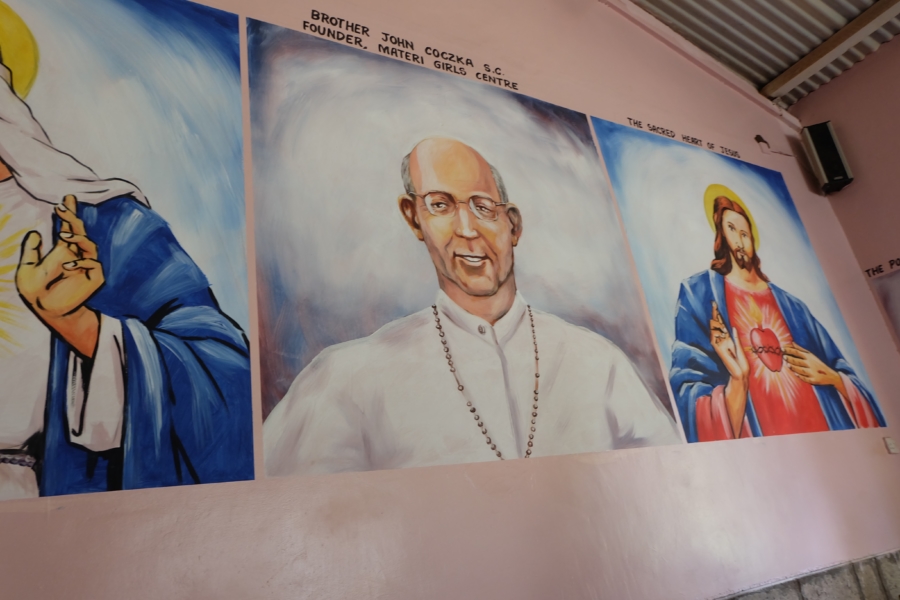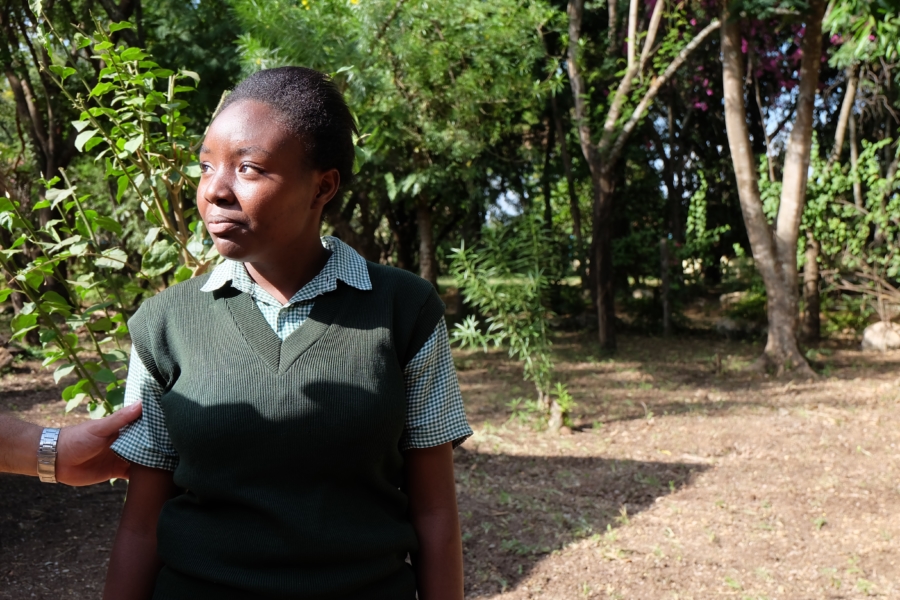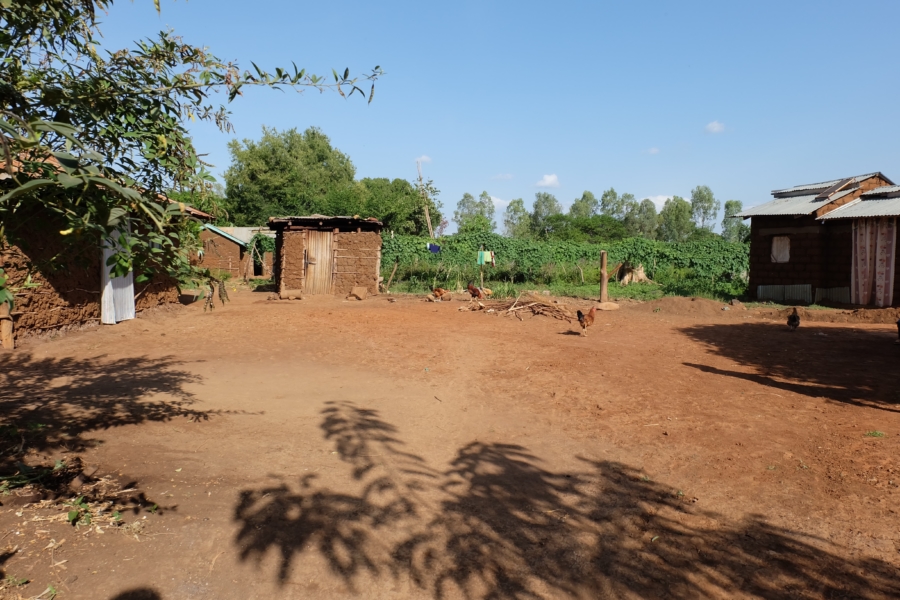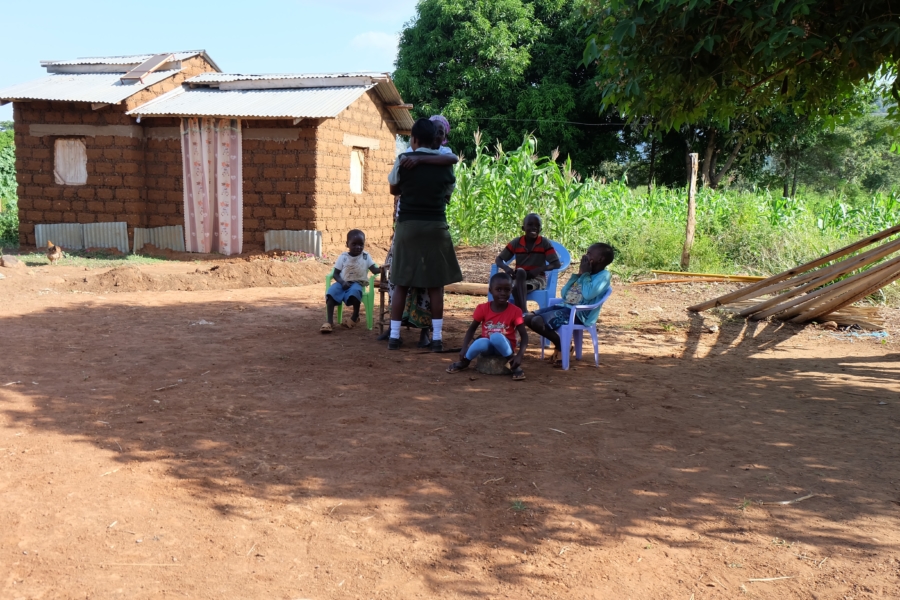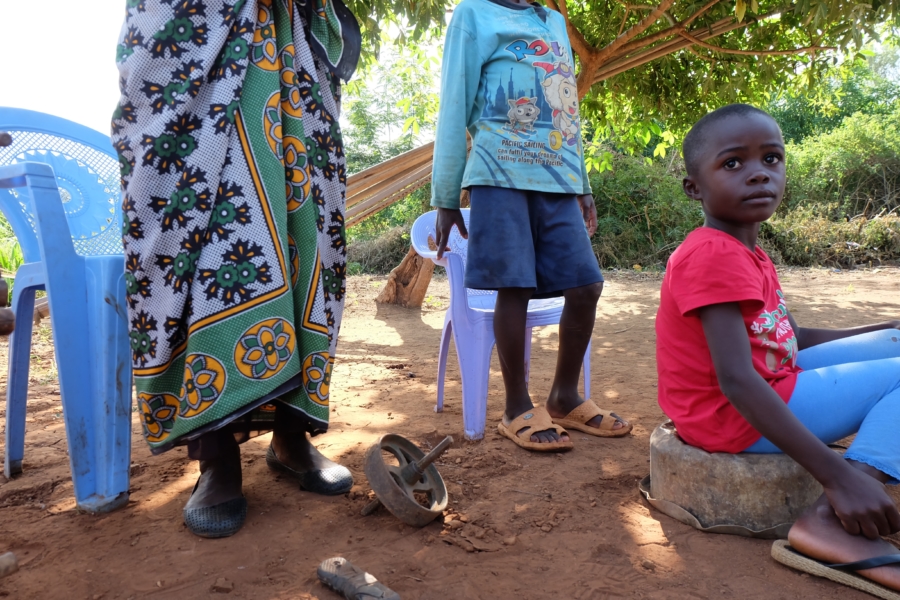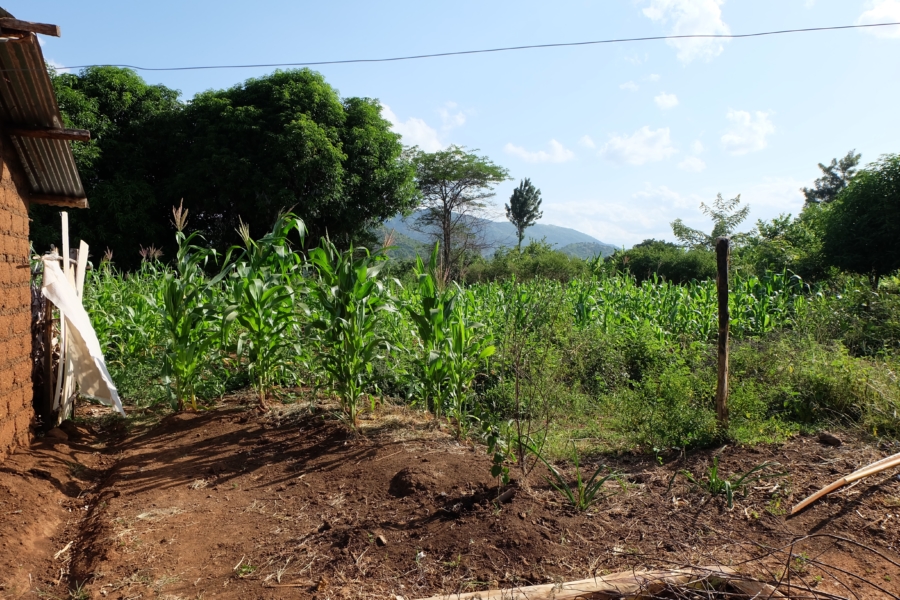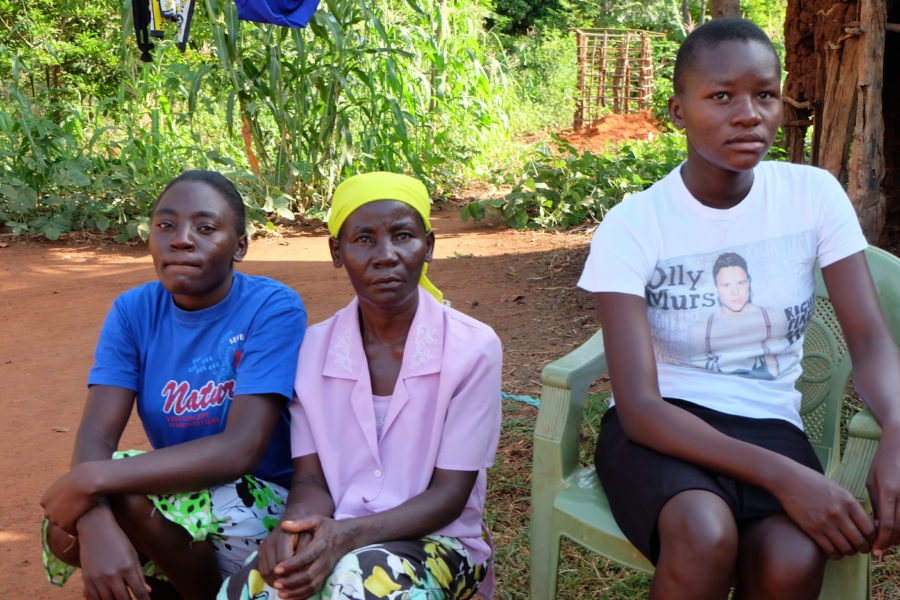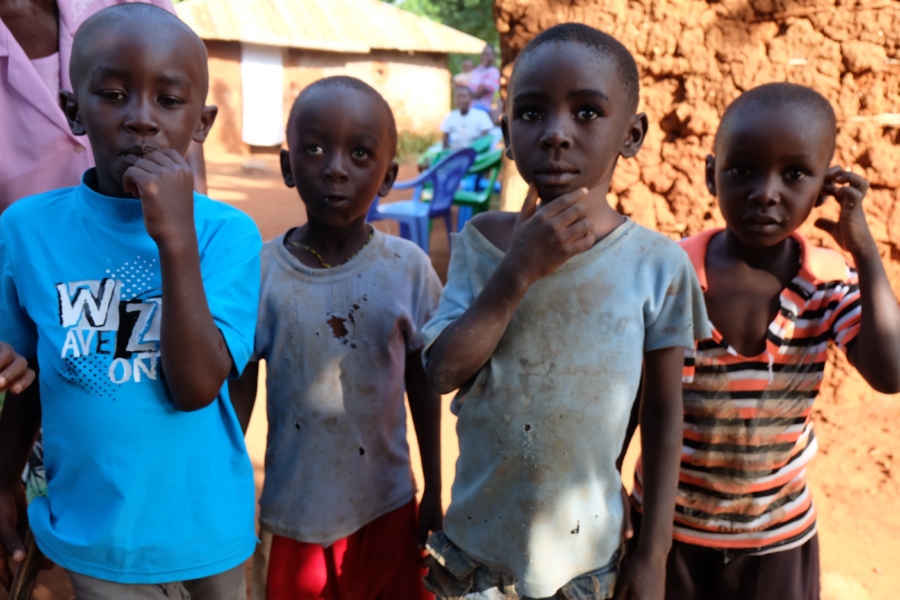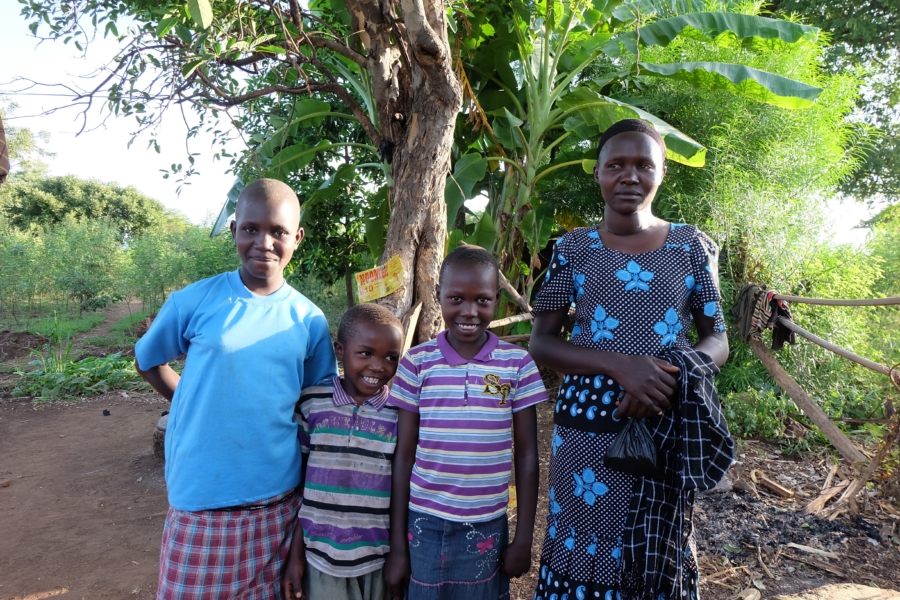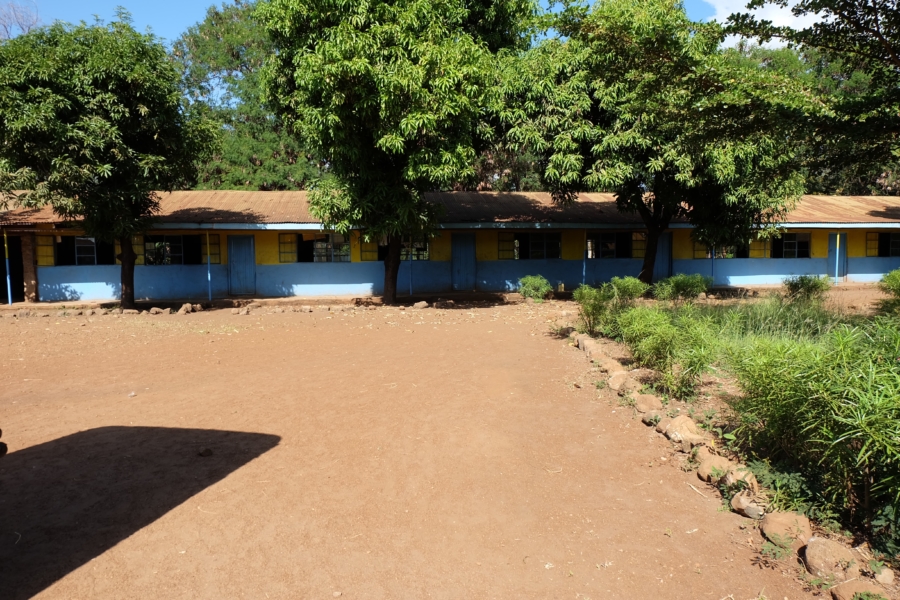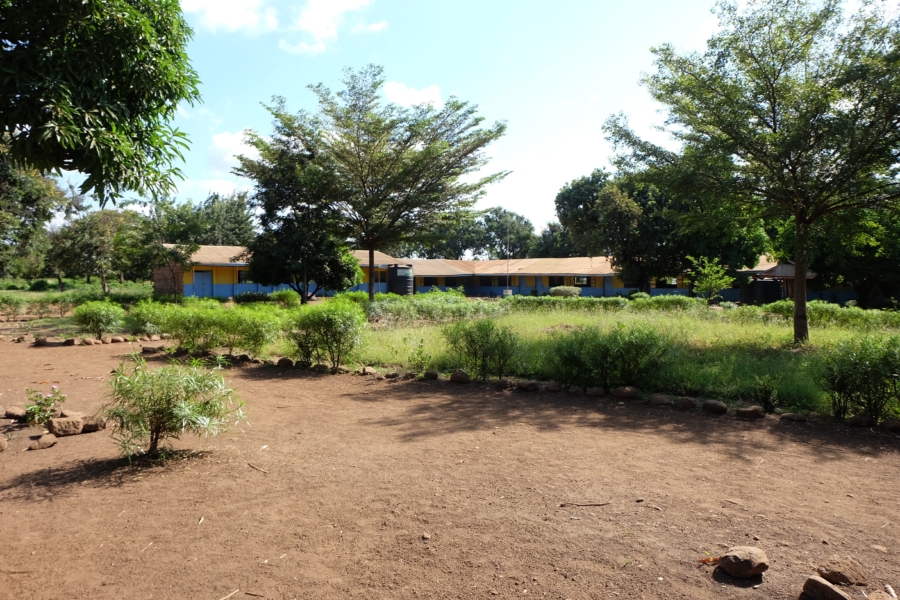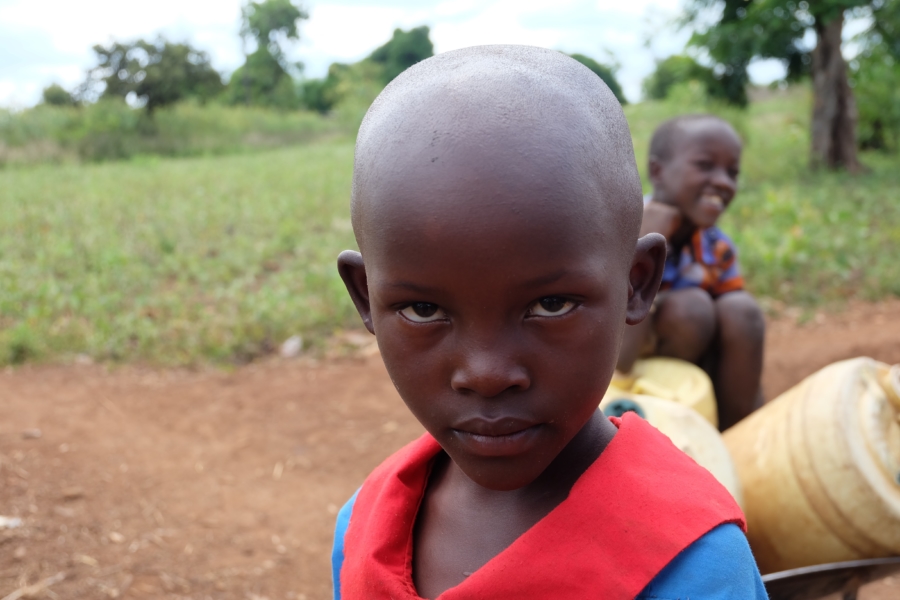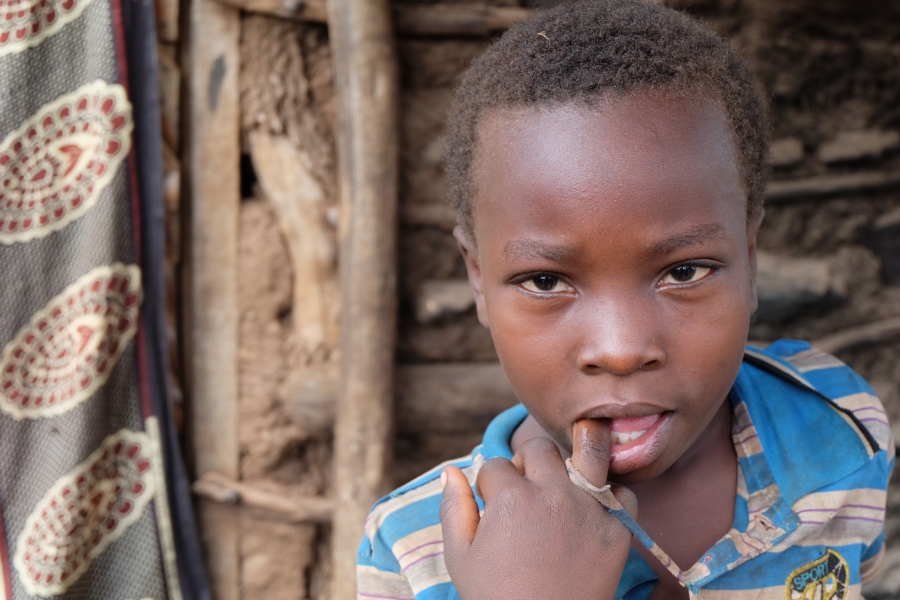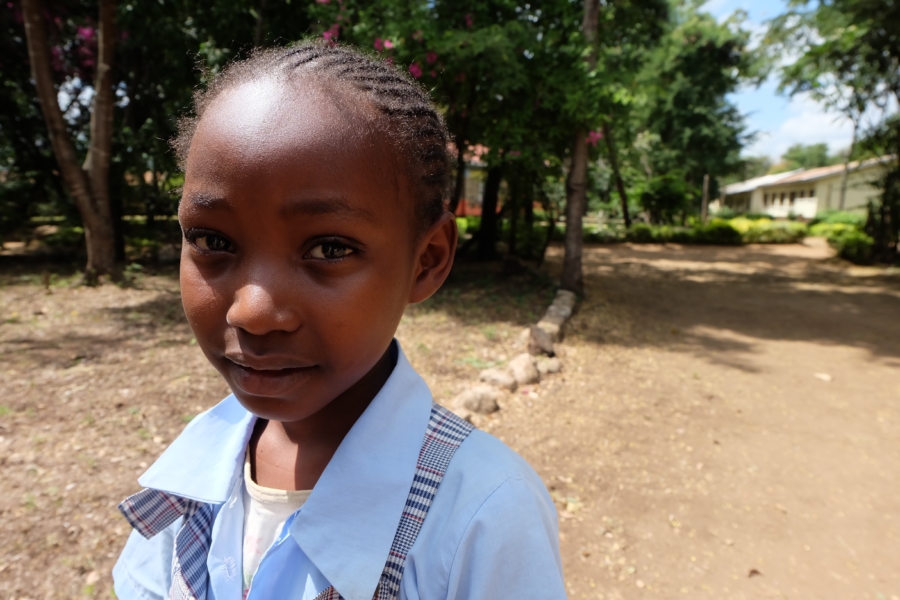It’s Sunday, and the students of the Materi School for Girls are still in uniform, singing songs in the shade or studying in the grass. Everyone seems to be resting, even the cows and pigs that the school raises for milk and meat, and even the large soccer field nearby.
When Brother John Konzka founded the Materi School in a village called Taraka, he envisioned a place where young Kenyan girls could access the world outside their household spheres.
These young women are often far from home, only seeing their families on breaks (or, for the very lucky, on weekends). When Brother John Konzka founded the Materi School in a village called Taraka, he envisioned a place where young Kenyan girls could access the world outside their household spheres. As an American missionary and teacher in Kenya, he’d seen firsthand the leadership roles women were taking within their families and knew that with more opportunities for female education would come more opportunities for Kenyan families.
Carrying on Brother John’s Vision
Luis worked with Brother John until the latter’s passing in 2014, but I can only rely on his legacy to get to know him. Since his death, there have been a number of changes, and this is our first visit since those changes have taken place. The Materi School has closed its middle school, since a good high school is highly valued in Kenya and can sustain itself on school fees. Brother John had been an excellent fundraiser and organizer, and due to his tireless efforts, the campus is enormous with a spacious landscape and many buildings. But now, the situation is less solid, and we’re here to see how we can help.
We meet Sebastian, the school’s director and principal, who fills us in. There are 1,000 young women living on the property full-time. They see their families about three times a year at the end of each term. Nursery-age girls also come to Materi, but they return to their nearby homes each day. Children Incorporated supports the smaller students, as well as students who attend the local primary schools, and we help with the fees for high school students.
Meet the Families
One of those students, Vero, lets us come with her on a trip to visit her mother. We pile into a truck with Vero, the driver Jambo, and Harriet and Anne, Materi employees and our tour guides for the day. It’s a bumpy ride to Vero’s house, which is only a few kilometers away. Recent flooding has caused huge ditches on either side of the road, making driving tough, and we’re relieved to arrive. Even though Vero lives much closer than many of her classmates, the conditions of the roads and the availability of transportation makes her visits home few and far between. Her mother embraces her tightly, and Luis and I are very touched.
The house has packed dirt floors, which Vero’s mother is having trouble keeping from turning into mud, which could seriously affect the house’s structure. She lives there with Vero’s sister and an aunt. There’s more family nearby, with small cousins roaming the property.
But as always, I’m struck by the kindness and hospitality of everyone we meet.
Our next stop is the house of Skeeter and Salome, two girls who are close in age but not sisters (Salome is Skeeter’s aunt). They live with Skeeter’s grandmother, who is Salome’s mother, and the two girls walk the 40 minutes to school together each day. Anne shows me evidence of other ways that Children Incorporated students benefit—their houses tend to have more necessities like mosquito nets and bedding. Because at school they’ve learned how to take care of themselves and their houses, they tend to bring that sense of order back home, keeping their houses neater and more organized than some of their neighbors’.
Before we finish our voyage, we walk down a narrow path through a cornfield to the home of a primary school student and her family. Her mother has a large goiter on her neck that’s giving her trouble with eating and talking, and the family doesn’t have enough money for even the simple surgery it would take to remove it.
In many ways, this trip has been more difficult for me because of the deteriorated circumstances of so many of these children. But as always, I’m struck by the kindness and hospitality of everyone we meet. While we struggle to make sense of what feels like a hopeless battle against poverty, the students, families, and staff at Materi School for Girls continue to keep their heads up and their minds active.
***
HOW DO I SPONSOR A CHILD IN KENYA?
You can sponsor a child in Kenya in one of three ways – call our office and speak with one of our sponsorship specialists at 1-800-538-5381, email us at sponsorship@children-inc.org, or go online to our donation portal, create an account, and search for a child in Kenya that is available for sponsorship.

